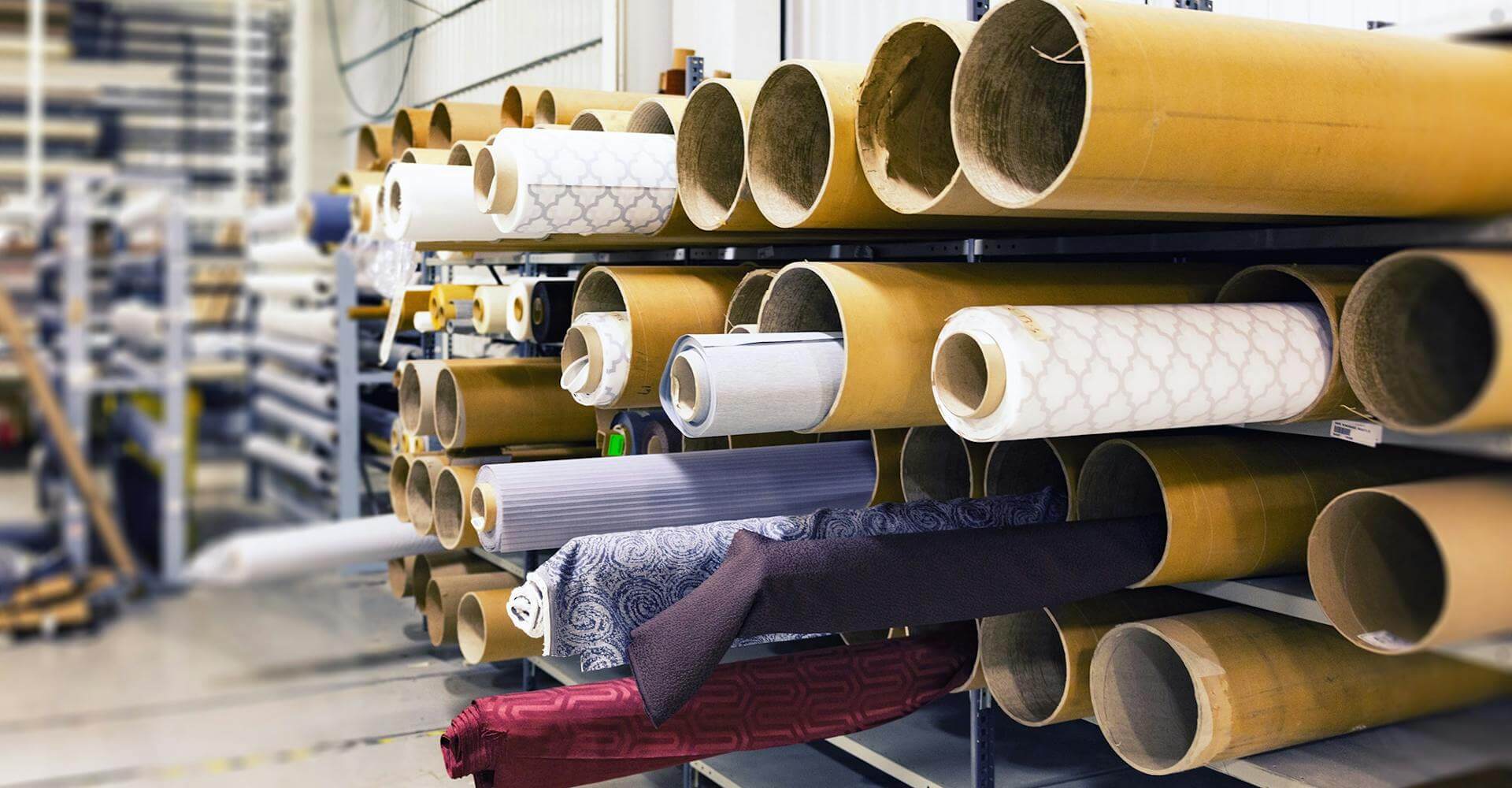Manufacturing Resource Planning (MRP) is a comprehensive approach that plays a pivotal role in the efficient functioning of manufacturing processes. It involves the strategic coordination of resources, materials, and production schedules to ensure optimal productivity and cost-effectiveness. In this guide, we will delve into the key aspects of Manufacturing Resource Planning, its benefits, implementation strategies, and the role it plays in modern manufacturing.
Understanding Manufacturing Resource Planning:
Manufacturing Resource Planning is a system that integrates various business processes to facilitate the planning and control of manufacturing operations. The primary objectives include ensuring timely production, minimizing costs, and optimizing the use of resources such as materials, labor, and equipment.
Key Components of MRP:
Bill of Materials (BOM):
A comprehensive list of materials, components, and sub-assemblies required to manufacture a product.
Master Production Schedule (MPS):
A detailed plan specifying the quantity and timing of production to meet customer demand.
Inventory Management:
Efficient control and tracking of raw materials, work-in-progress, and finished goods.
Capacity Planning:
Balancing production capacity with demand to avoid bottlenecks or underutilization of resources.
Benefits of Implementing MRP:
Improved Efficiency:
MRP streamlines production processes, reducing lead times and ensuring that materials are available when needed. This leads to increased operational efficiency and a smoother production flow.
Cost Reduction:
By optimizing inventory levels and minimizing production downtime, MRP helps in reducing carrying costs and avoiding unnecessary expenses. It enables manufacturers to make informed decisions regarding the purchase and usage of materials.
Enhanced Customer Satisfaction:
Accurate production planning and timely deliveries contribute to improved customer satisfaction. MRP helps in meeting customer demands promptly and avoiding delays.
Implementing MRP in Your Manufacturing Process:
Assessment and Planning:
Conduct a thorough assessment of your current manufacturing processes, identifying areas that can benefit from MRP. Create a detailed plan outlining the implementation strategy and timeline.
Software Selection:
Choose an MRP software that aligns with your business requirements. Ensure that the selected system integrates seamlessly with other existing software and provides the necessary features for effective resource planning.
Data Accuracy and Training:
Accuracy in data input is crucial for the success of MRP. Train your staff on the new system, emphasizing the importance of data accuracy and consistency. Regularly update and maintain the data to ensure the system’s effectiveness.
Continuous Improvement:
Implementing MRP is not a one-time task. Regularly evaluate and analyze the system’s performance, making adjustments as needed. Continuous improvement ensures that the MRP system remains aligned with changing business dynamics.
Conclusion:
In conclusion, Manufacturing Resource Planning is a powerful tool that empowers manufacturers to optimize their production processes, reduce costs, and enhance customer satisfaction. Implementing MRP requires careful planning, the right software selection, and a commitment to continuous improvement. As manufacturing landscapes evolve, MRP remains a cornerstone in achieving operational excellence and competitiveness in the market.






